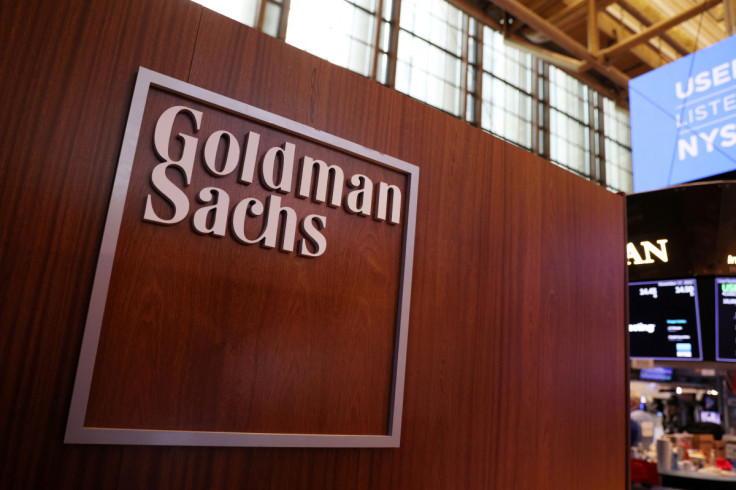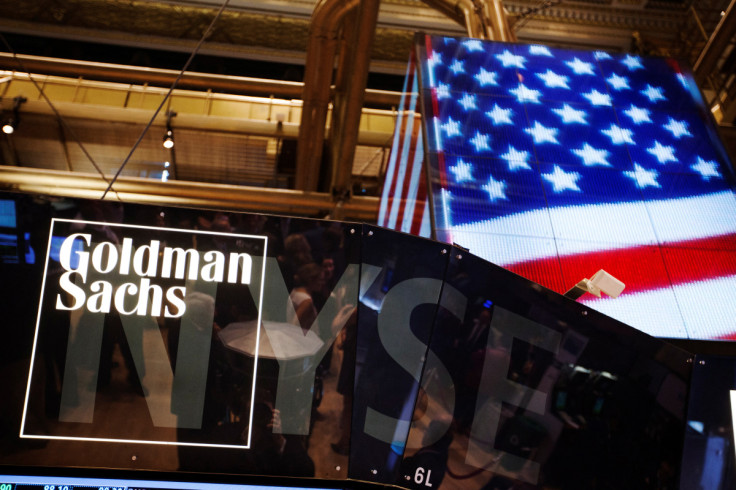Analysis-Goldman Sachs' Consumer Pivot Solves One Question, But Makeover Raises More

Goldman Sachs Group Inc's strategy pivot has solved one problem for investors who didn't love its foray into consumer banking. Still, Wall Street is yet to be convinced if the broader reorganization will create long term benefits.
In its biggest management reshuffle in years, the Wall Street giant merged its traditional mainstays -- trading and investment banking -- and joined its asset-management and wealth management arms. A new unit focusing on financial technology products, dubbed Platform Solutions, will make up its third operating segment.
However, Goldman said it was pulling back some of its consumer ambitions and its money-losing digital banking unit Marcus was placed under the wealth business.
"The reorganization itself is just about geography on the income statement," David Fanger, a senior vice president at Moody's Investors Service, told Reuters. "It remains to be seen whether or not this actually results in greater synergies, greater focus."
In a call discussing the bank's third-quarter earnings Tuesday, Goldman's Chief Executive Officer David Solomon took multiple questions about the new structure.
Christian Bolu of Autonomous Research asked what the reorganisation meant "practically for the businesses", while Mike Mayo of Wells Fargo asked Solomon to explain how the new platform solutions unit fits into the firm's strategy. Brennan Hawken of UBS AG said: "I just want to try and understand strategically what the new direction is."
Solomon's response: Goldman Sachs is focusing on its fundamental operations while maintaining its financial targets.
"The changes will further the strength in our core businesses, accelerate our ability to scale the growth platforms and improve efficiency," Solomon told analysts. "We are making a purposeful shift," he said.
Goldman shares closed 2.3% higher.
"It makes sense" to reorganize the units in a way that's similar to Goldman's competitors, Hawken later told Reuters, adding, "I don't think anyone was upset about them pulling back" from the consumer business.
Still, Hawken said Goldman could be fielding questions from investors about whether the rest of the strategies are iron-clad "or is there a risk there could be further adjustments."
Bolu at Autonomous also said while the consumer part of the strategy "makes sense" the advantages of the broader reorganization are yet to become clear.
"Ultimately the investment banking business is a great business, it has always done well," he said. "The markets business has improved markedly." His question to Solomon was focused on what would change on a day to-day basis, Bolu said, and that's "almost to be decided."
TRADITIONAL STRENGTHS
The company's new strategy shows a lean into its traditional strengths of trading and investment banking and shifting away from Marcus, a business that was always viewed skeptically by Wall Street, said Michael Farr of Farr Miller & Washington LLC.
"This is a clear effort to reduce attention to and deemphasize the push into consumer banking," said Farr, an investor whose company held about $45 million worth of Goldman Sachs shares, according to its most recent filings.
Senior executives who sit atop the storied firm will run the merged units, including Marc Nachmann, who will lead the asset and wealth management arm. The combined investment banking and trading group will be led by Dan Dees, Jim Esposito and Ashok Varadhan.
"It's the same people working together," Solomon told Reuters. "People are on board for this," he said, adding the company has a "deep bench" of talent.
Observers said that moving Marcus under wealth management was a strong signal that the Wall Street heavyweight was stepping back from Main Street. Goldman had aimed to woo mass market customers. It struggled to gain traction or introduce a checking account, and the business lost money.
"Marcus was a very long shot," said Fanger at Moody's about the unit's potential as a mass-market digital bank. "I don't see much significant change in the current strategy other than this one pivot."
The pullback reflects the challenges of competing against incumbent Main Street lenders, said Mark Narron, senior director at Fitch Ratings. "While the consumer strategy has been successful in generating deposits for Goldman Sachs, its expansion has also been costly in terms of operating expenses and provisions. A pullback in consumer ambitions plays to Goldman's proven strengths."
Meanwhile, the new structure demonstrates Goldman's flexibility and ability to adapt to market conditions, said Guido Petrelli, founder and chief executive officer of Merlin Investor.
"As shall happen with any company during rough times, there is the need for restructuring and identifying synergies within the organization with the ultimate goal to cut costs and limit losses," Petrelli said.

© Copyright Thomson Reuters 2025. All rights reserved.





















